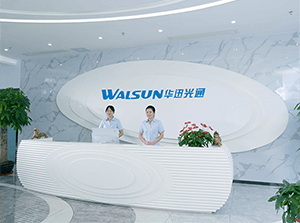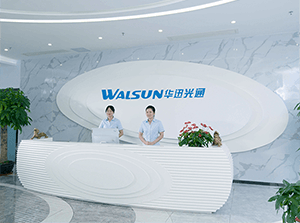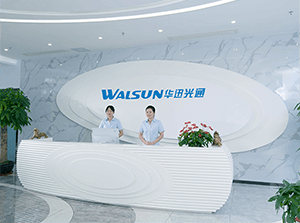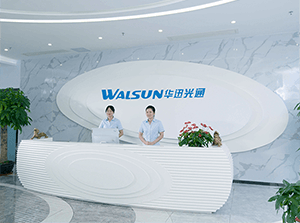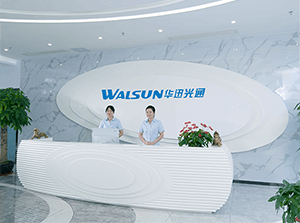PRODUCTS

- The QSFP28 (Quad Small Form-Factor Pluggable 28) transceiver is designed for high-speed data transmission and typically supports data rates of 25 Gbps per lane. Since QSFP28 modules aggregate multiple lanes, they are primarily intended for applications with higher data rates, such as 100 Gigabit Ethernet (100GbE) or InfiniBand. While the QSFP28 module itself is not designed for 1 Gigabit Ethe1612

- OM1 (Optical Multimode 1) is a type of multimode optical fiber commonly used for short-distance communications within buildings or campuses. OM1 fiber is characterized by a 62.5-micron core diameter and is typically used with LED light sources. The effective distance that OM1 fiber can support for 1 Gigabit Ethernet (1GbE) depends on factors such as the networking equipment, light source, and the1423

- Long Wavelength Division Multiplexing (LWDM) and Coarse Wavelength Division Multiplexing (CWDM) are both technologies used in fiber optic communication systems to increase the capacity of optical networks by transmitting multiple signals simultaneously over a single optical fiber. Here are the key differences between LWDM and CWDM: Wavelength Spacing:LWDM, as the name suggests, utilizes longe1661

- QSFP-DD (Quad Small Form-Factor Pluggable Double Density) transceivers distinguish themselves from other types of transceivers in several key aspects, primarily related to their design, port density, and capabilities. Here are the main distinctions that set QSFP-DD transceivers apart:Double Density Design:QSFP-DD transceivers have a double density design compared to standard QSFP transceivers. Thi1091

- RJ45 and SFP+ ports serve different purposes in networking equipment, and they are used for different types of connections. Here are the key differences between RJ45 and SFP+ ports: Physical Connector:SFP+ ports use a smaller and more specialized form of connector known as the SFP+ transceiver module. The transceiver module can be inserted into the SFP+ port to enable different types of optic1539


 CHS
CHS Walsun Mall
Walsun Mall

